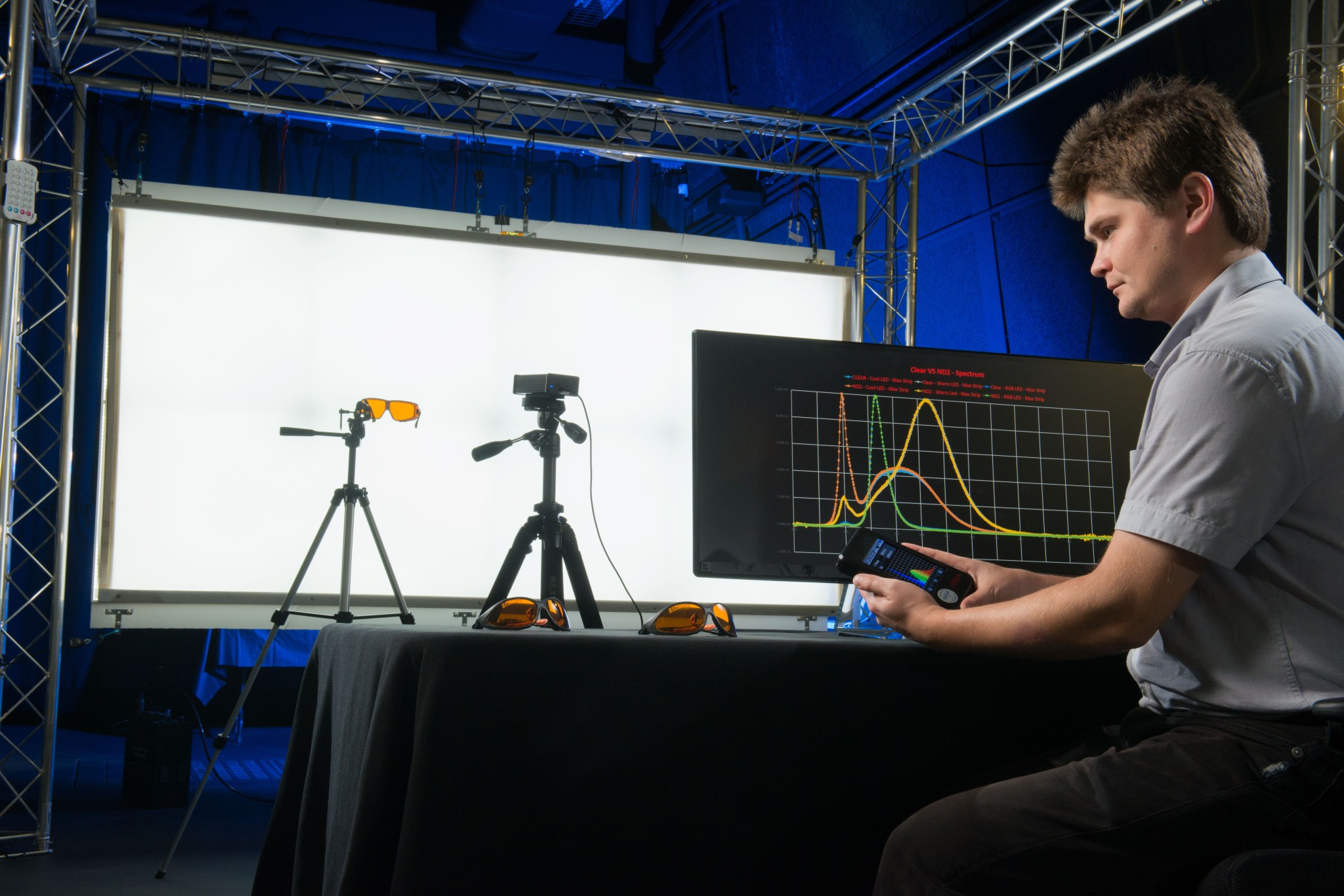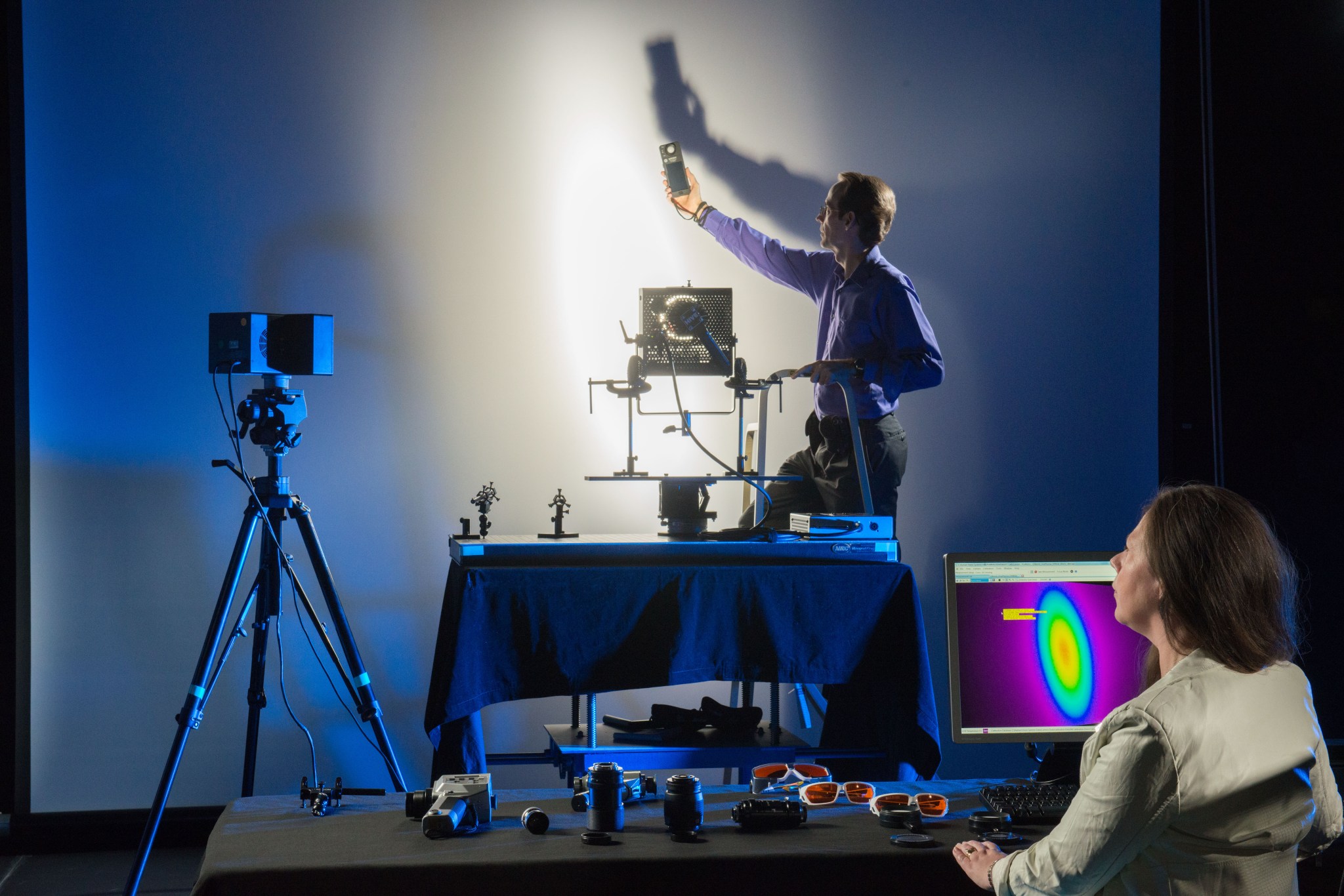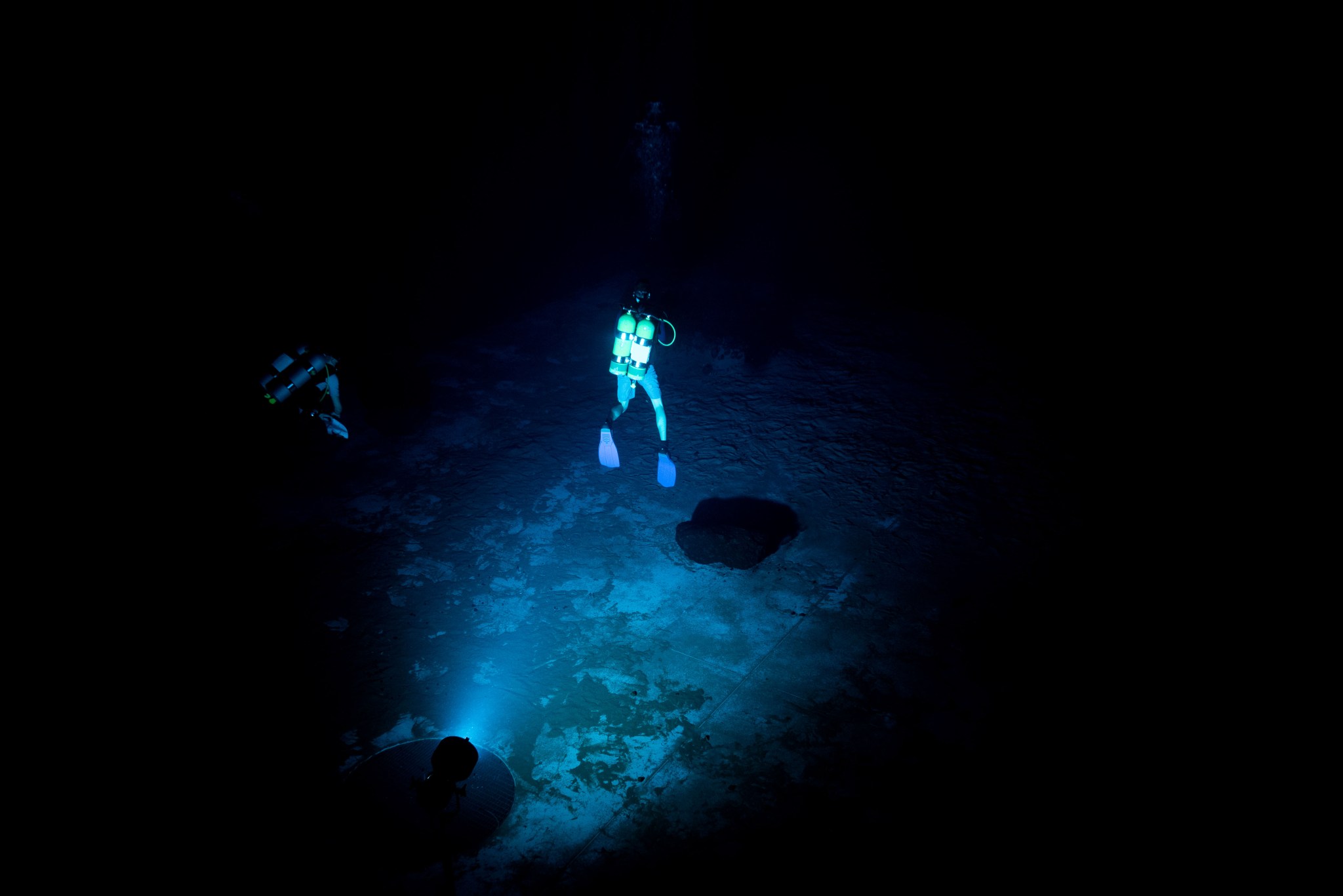Lighting

Contents
Introduction
Understanding the lighting environment is critical to human spaceflight exploration as it directly impacts astronauts’ circadian rhythms, psychological well-being, and overall performance, necessitating tailored solutions to optimize mission success and crew health. Adding to the difficulties for NASA’s exploration missions, the lighting environment on the lunar south pole presents challenges due to the prolonged periods of darkness and extreme temperature variations, which can affect power generation from solar panels, communication systems, and the operational efficiency of lunar habitats and exploration equipment. JSC’s lighting team plays a vital role in ensuring the safety and functionality of current vehicles (International Space Station, Commercial Crew & Cargo and Orion) as well as future space vehicles. We provide internal and external lighting requirements verification, lamp and system lighting design, modeling and precise test and measurement of lighting and camera systems, as well as the simulation of orbital and planetary surface lighting environments. This comprehensive approach ensures that lighting systems meet the rigorous demands of space environments, contributing to the overall success and safety of space missions. We invite our partners to capitalize on our expertise in lighting environment analysis and solutions to expand humankind’s reach into our solar system.
Capabilities
Operational Environment Lighting
Overview | The Operational Environment Lighting Analysis team provides internal and external lighting requirements verification for the International Space Station (ISS), ISS commercial cargo and crewed vehicles, and Orion. The team also provides lamp and system lighting design, modeling, and test and measurement of lighting and camera systems in their unique lighting lab.
Details | The Lighting Lab uses a controlled lighting facility with test equipment for measurement of spectral, radiometric, and photometric light properties. The Lighting Lab is a spacious facility with dimensions of 25’ W x 300’ L x 17’ H, including a dedicated dark room for controlled lighting & imaging tests.
Testing & Analysis Services Available
- Interior / exterior lamp and system lighting design
- Lighting requirements development and verification
- Simulate orbital and planetary surface lighting environments
- Human anthropometric modeling analysis (volume, reach and clearance)
- Glare and shadow analysis
- Camera system testing with calibrated lights and solar simulator
Software Modeling Tools
- Radiance: Radiometric and photometric architectural lighting simulation of interior / exterior spacecraft
- Zemax: Spectral optics & lamp development using anthropometric modeling & simulation
- Jack: Anthropometric human modeling and simulation
- Creo Parametric & Rhino: Processing of CAD models & model manipulation
- Dojo: Software organizer and database of models, materials and lights for modeling purposes

































